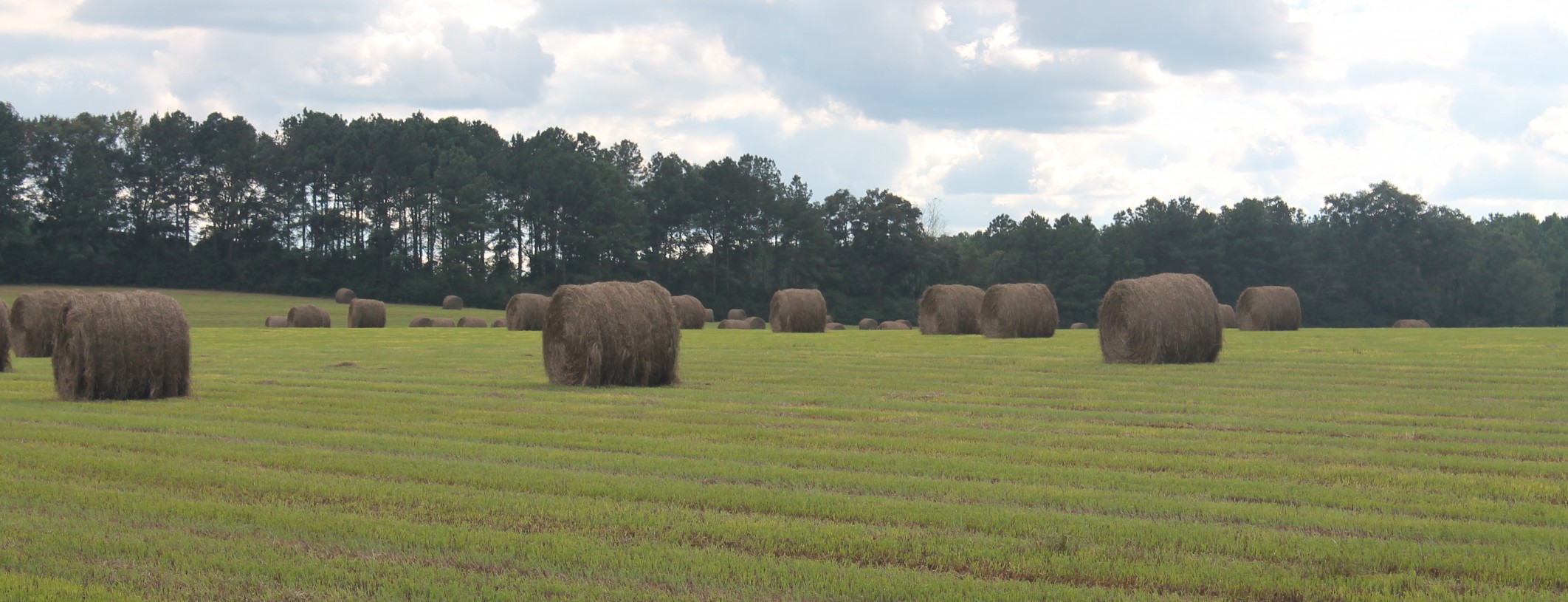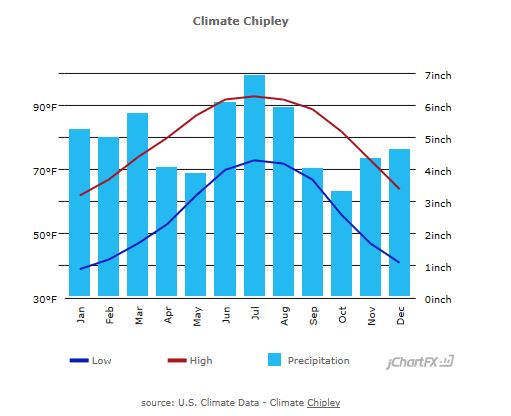If you are thinking about planting a bahiagrass pasture in the next few weeks you may want to “hold your horses” as they say. Just because it’s warming up and the home improvement stores are running commercials featuring picturesque lawns, doesn’t mean it’s time to plant bahiagrass. Planting bahiagrass pastures now could result in a very poor stand. Bahiagrass is very well suited to Northwest Florida and is one of the easier perennial forages to establish and maintain. However, to be successful, producers must work with the weather and not against it, when deciding when to plant.
Plantings that occur in the next few weeks will result in young seedlings during the month of May. May,is normally one of the one of the driest months of the year. This lack of moisture can be catastrophic for young seedlings. It takes the new plants time to develop a root system substantial enough to let them access water which has percolated into the soil. Their young roots are only able to access the water that is in the top few inches of the soil. Shallow roots demand frequent rains. In Florida our most predictable frequent rains occur during the summer. The pattern of frequent afternoon rains that has generally developed by June is quite favorable for the development of young seedlings. If you are fortunate enough to have irrigation and are willing to use it to establish pasture, you can plant bahiagrass from mid-March through mid-August.
While it may not be a good time to plant bahiagrass, now is the time to start making preparations. Soil samples should be submitted using the Nutrient Testing for Bahia Pastures form, crop code 35. Lime should be applied as soon as possible following the recommendations that accompany the soil test results. Other recommended fertilizers should be applied after seedling emergence. Fertilizing prior to seedling emergence only serves to promote competition from weeds.
Now is also the time to begin preparing the seed bed. A well tilled, rolled, weed free seedbed will improve stand quality. Weed control prior to planting is important since seedlings under six inches tall are not tolerant of herbicides. As with most seeds, correct seed depth and adequate soil contact are crucial factors to consider when planting bahiagrass. Bahiagrass seeds should be planted between ¼ and ½ inch deep, no deeper. This publication, Bahiagrass: Overview and Management, contains a more complete explanation of establishment practices. Deciding on variety and sourcing seed should also be done well in advance of planting.
One final consideration; if you are in a situation where you are replanting bahiagrass due to the failure of a previous stand, it is important to consider why the failure occurred. Much of the appeal of bahiagrass is it hardiness and how widely adapted it is. If you have experienced stand failure it is important to determine why so that you can prevent it from happening again. Bahiagrass is a perennial species and can persist indefinitely if properly managed. Poor soil fertility and overgrazing are the two largest causes of stand failure. Both can be avoided through improved management. Contact your county’s agriculture agent for help determining why your previous stand failed or to answer any further questions you may have.
- Peanut Maturity Update – 10/9/25 - October 10, 2025
- Fall Can be a Great Time for Vegetation Management - October 3, 2025
- Peanut Maturity Update – 9/25/25 Edition - September 26, 2025


